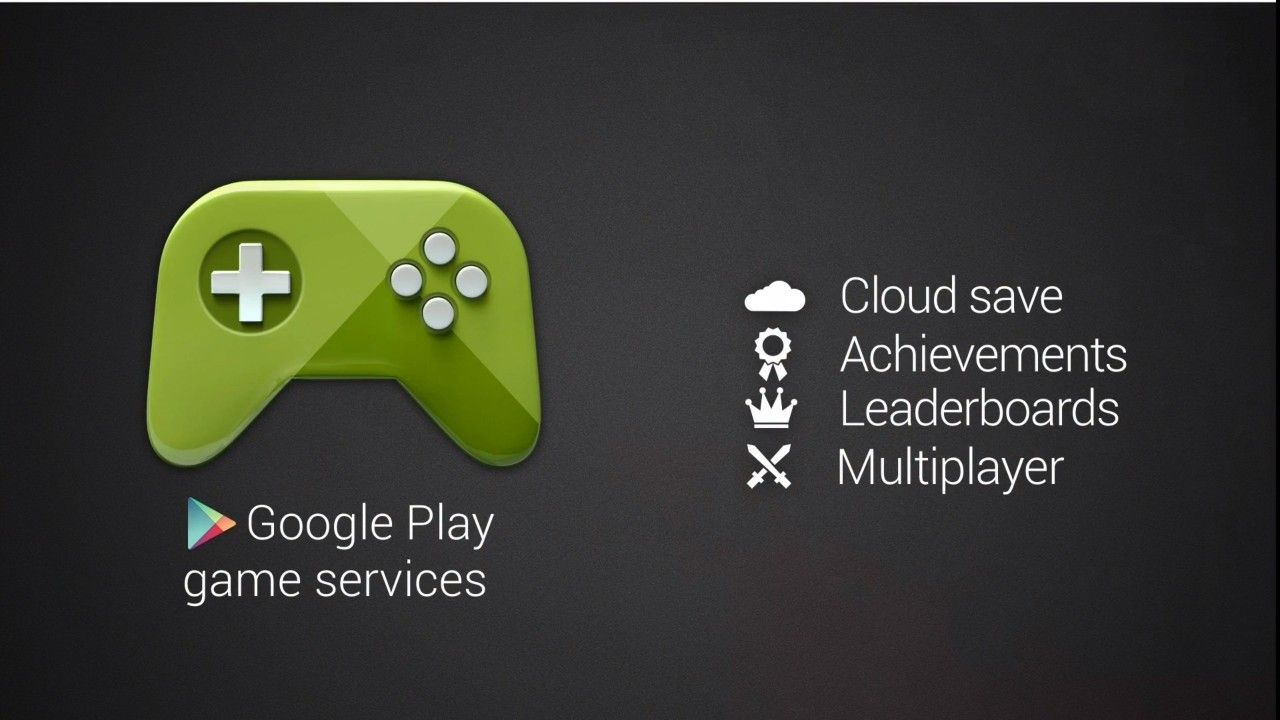We’ve been hearing about the potential for game streaming for years, and the concept has progressed from incredulity to technology to business. Yet, for all its potential, streaming games (in all its various forms) has yet to make a significant impact on the game industry. New players are entering the market, and old ones are re-tooling their offerings, but it’s not clear that market will ever respond positively. The technological issues, immense as they are, have largely been solved. What remains are much more difficult problems — fundamental game design issues, and very difficult business model issues to sort out.
First, it’s necessary to look at the technology. Essentially, game streaming means that you take the video output from a game device (a PC or a console, typically) and send it to another device with a screen (for instance, a smartphone), where the player makes their control inputs as they normally would. Those inputs get sent back to the game, which processes the result and sends back the output to the player. It’s just what happens when you play any game on a PC or a console — the difference being that you can be a thousand miles away from the PC, and the game is still playable. Also, you can theoretically play a PC game that requires a huge desktop box on your tiny portable device.
That sounds like magic. How can you play a game requiring fast reflexes, like a shooter or a fighting game, with all the time it takes to send data between you and the device that’s actually processing the game It turns out that in games typically there’s a certain amount of lag between your inputs and the screen (particularly with console games in dealing with typical TVs), and that with the right optimization a streaming game can perform pretty well. Sure, there’s often a reduction in the quality of the visuals, and the response may not be quite up to pro levels, but for most gamers it’s quite good enough.
Now we get into how game streaming has been implemented. The technology really became known through the efforts of OnLive and Gaikai. Gaikai was purchased by Sony, and its technology will be appearing later this year under the label PlayStation Now, which promises to deliver a variety of PlayStation games (from PS One, PS 2, PS3 and PS4) to other PlayStation devices like the PS Vita and PS TV, as well as some models of Sony Bravia TVs. OnLive has been in business for a while, but has struggled to find an audience. OnLive is now working with Mad Catz to provide OnLive streaming games through the Mad Catz M.O.J.O. Android-powered console.
Streaming games is also part of the business strategy for Valve with its Steam Machines, which would be able to stream games from your PC to a Steam Machine hooked up to your TV in the living room. Similarly, Nvidia has developed its GameStream technology for streaming games from an Nvidia GeForce-equipped PC to the Nvidia Shield handheld console or the Nvidia Shield tablet, in your own home or even remotely )if you have a sufficiently fast Internet connection). Here’s Nvidia’s footnote: “GameStream gaming outside of your home Wi-Fi network is a BETA feature and requires minimum upload and download bandwidth speeds of 5Mbps. Streaming experience may vary depending on the quality of your Internet.”
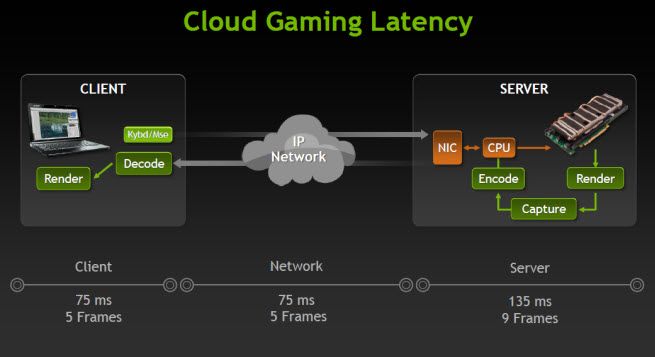
So if this technology is so spiffy, why isn’t everyone using it Can game streaming be a major industry force in the future The two primary barriers are now game design and the business model.
While game streaming technology offers to let you play a game from any source (PC, console, supercomputer, whatever) on any target device (smartphone, tablet, handheld console, Macintosh Air, whatever), the design of the games themselves makes this difficult or impossible. PC games are typically designed for keyboard and mouse input. In order to play such a game on a smartphone, those inputs have to be mapped to a touchscreen… or you have to hook up a keyboard and a mouse, which pretty much defeats the purpose of portability. Even when the control devices are similar (such as sending a PS4 game to a PS Vita through PlayStation Now streaming), differences in the controls means some adjustments have to be made (someone has to tweak the game by hand to make it work). Even if you’ve gotten the inputs figured out, the differing screen sizes and resolutions may make the game functionally unplayable (imagine trying to play League of Legends or World of Warcraft on a smartphone).
This means you can’t just take an entire games library, wave a magic wand, and make it available via streaming. Plenty of work has to be done on each title to make it work, even if you allow users to tweak their own control settings. Valve is still struggling with Steam Machines not because of the basic hardware — the issue is the controller, and trying to make it possible to play keyboard-and-mouse games on a controller resembling a video game controller.
The biggest hurdle may well be the business model, though. Customers will probably look for some sort of subscription offer similar to Netflix, where for one monthly price they can access any and all games they want. That’s not easy to accomplish for a streaming service, though, because agreements would have to be negotiated with each publisher. And publishers are very wary of game streaming, which they fear might cut into sales of full-priced games. Getting a good library of content, and making available at a reasonable price, is not easy.
While it’s nice to think about being able to play any game, any where, any time, we’re not really anywhere near that point. It will be interesting to see what pricing structure PS Now ends up with, and what the reception among gamers is. Nvidia’s Shield has yet to make much of a splash, but perhaps the Shield Tablet will be different — especially if Nvidia puts a major marketing push behind it. Valve’s Steam Machines, now slated for a 2015 introduction, are still a big question mark.
Next month there will be a Cloud Gaming Summit in San Francisco, so perhaps we’ll see some answers revealed.
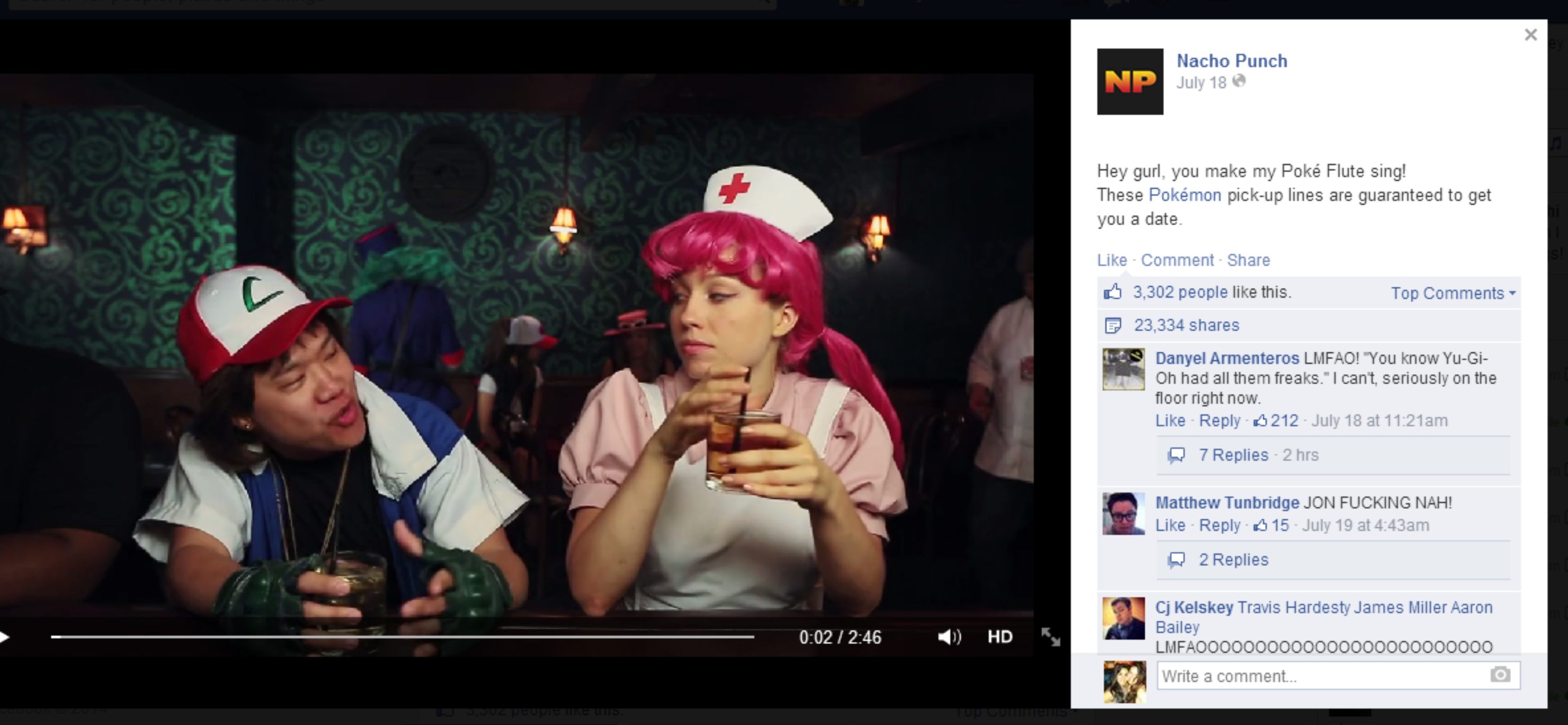
 Gordon Walton
Gordon Walton
 Eric Goldberg
Eric Goldberg
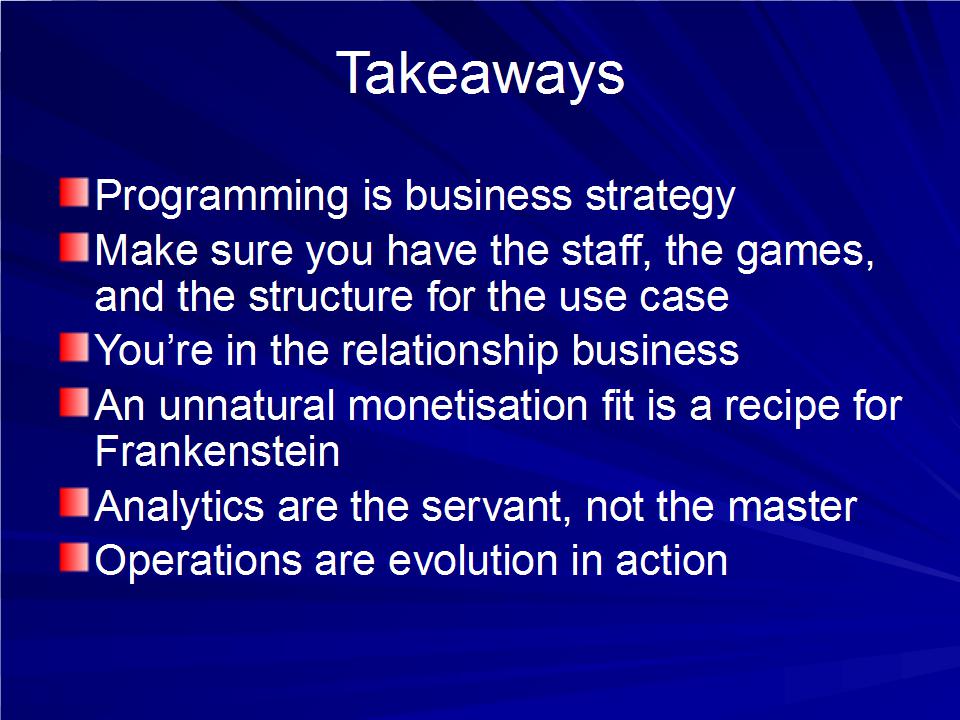
 Angelo Pullen
Angelo Pullen
 Luke Stepleton
Luke Stepleton
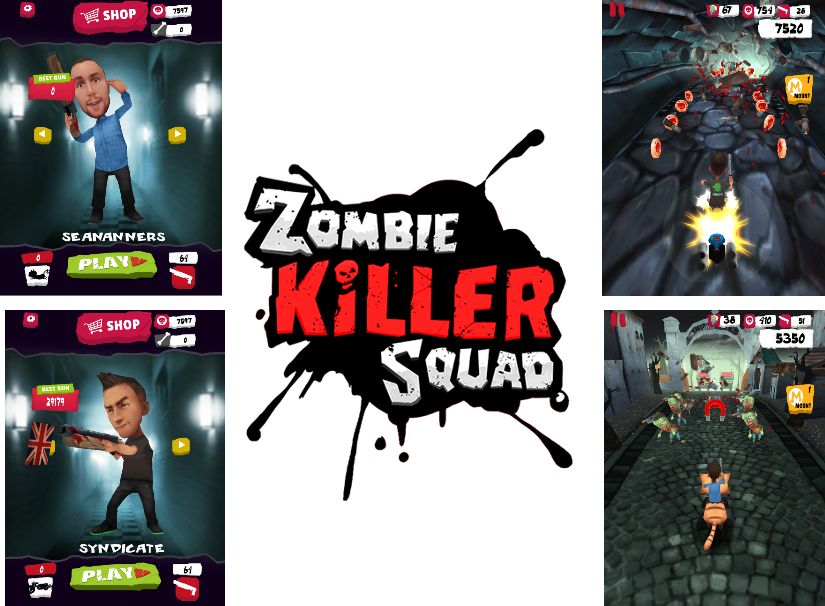
 Adam Montoya
Adam Montoya
 Tom Cassell
Tom Cassell
